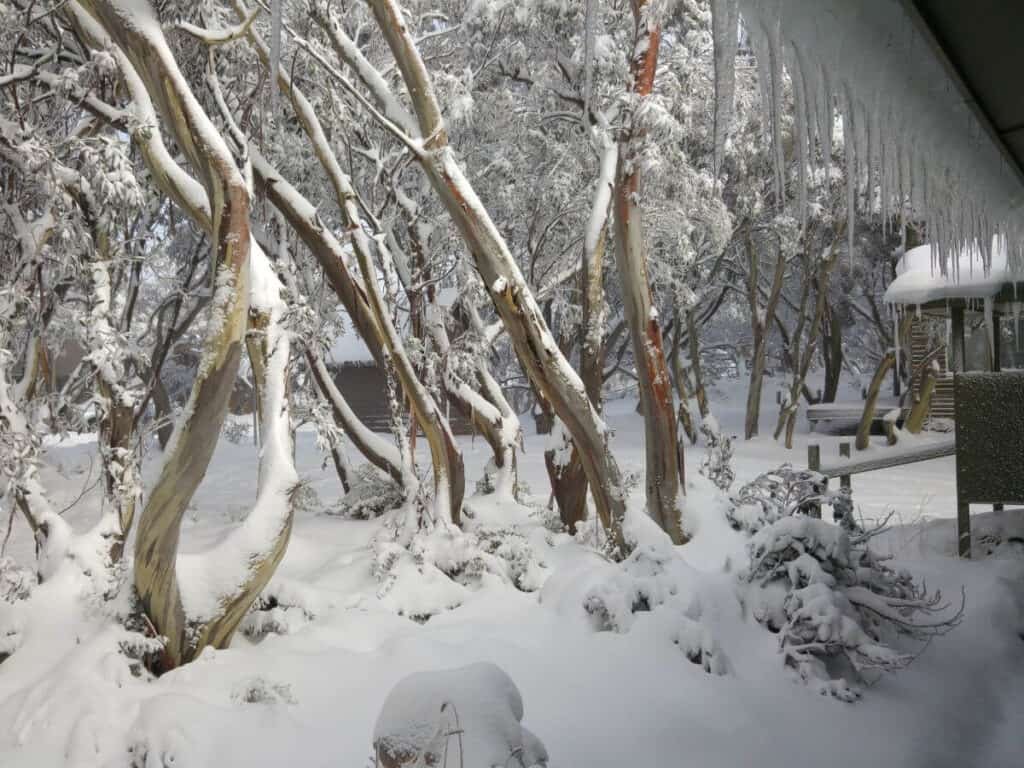Discover the Remarkable Impacts of Snow in Australia on Neighborhood Ecosystems
Despite its online reputation for sun-soaked landscapes, Australia also boasts areas blanketed by snow-- a sensation that greatly affects the country's special ecological communities. The shielding properties of snows secure flora and animals among the coldest winter seasons, while the melting snow supports rivers and marine life. The genuine wonder lies in exactly how these icy problems form the country's biodiversity and nutrient cycles. As we unwind this detailed connection, we locate ourselves treading on undiscovered grounds in Australia's high nation.
The Unanticipated Areas of Snowfall in Australia
Although Australia is frequently associated with sun-scorched landscapes and sandy coastlines, particular regions surprisingly experience snowfall. The high country regions of New South Wales, Victoria, and Tasmania are especially understood for their winter months snow. The Snowy Hills in NSW, for circumstances, obtain abundant seasonal snow, offering a raw contrast to the nation's normal hot, dry climate. Meanwhile, the Victorian Alps and components of Tasmania also see annual snowfalls, transforming the landscape right into a winter months heaven. These areas are not simply abnormalities but essential parts of Australia's varied climate system. The presence of snow in these regions considerably influences local ecosystems, ultimately influencing the country's distinct biodiversity. However, the details influence on Australia's distinct plants will certainly be talked about in the following section.
How Snow Impacts Australia's Special Flora
These plants have actually advanced to survive in extreme problems, with snow serving as a protective covering from freezing temperatures and extreme winds. The snow likewise contributes to the wetness web content of the soil, offering essential hydration for plant life during the completely dry summer season months. In significance, the snow affects the timing of blooming and seed dispersal, the growth rates, and the survival of lots of plant types, showcasing the intricate interplay in between climate and flora in Australia.

The Adjustments of Australian Animal to Snowfall
Just as Australia's plants has adjusted to the wintery problems, the local fauna also, display amazing adjustments to the snowfall. Species like the Mountain Pygmy-possum, the only Australian marsupial recognized to hibernate, have advanced techniques to survive in snowy settings. It uses the snow as insulation, hibernating in rock holes underneath the snow to stay cozy. The Snow Skink, a varieties of reptile, changes its colour to white throughout winter months, supplying camouflage versus killers. Birds such as the Snowy Mountains' Crimson Rosella likewise adjust their diets to take in readily available food sources throughout chillier durations. Snow In Australia Therefore, in spite of the rough conditions, Australian animals demonstrates a flexible and resilient nature, ensuring their survival in regions experiencing snowfall.
The Duty of Snow in Shaping Neighborhood Ecosystems
In forming the regional ecosystems, the role of snow in Australia is both profound and multilayered. It affects the circulation of plants and animals, mostly specifying the biodiversity of sub-alpine and towering areas. Snow supplies a crucial water source, feeding rivers and storage tanks as it melts, therefore supporting a selection of marine life forms. Additionally, snow acts as an insulator, shielding ground-dwelling microorganisms from severe cold. In a similar way, it plays a substantial function in soil development and nutrient cycling. The routine cold and thawing of dirt induced by snowfall fosters the breakdown of rocks, enhancing soil fertility. Subsequently, the existence of snow shapes the vegetation patterns, animal actions, and overall sustainability of Australia's one-of-a-kind communities. Snow In Australia.

The Future of Snowfall in Australia: Forecasts and Ramifications

Given the crucial role snow plays in forming local ecosystems, the future of snowfall in Australia is drawing increasing focus from ecologists and scientists. Less snow might result in minimized water schedule in alpine regions, detrimentally impacting wildlife habitats and plant life. The tourism industry, greatly reliant on the winter months snow season, might additionally encounter considerable challenges.
Conclusion
The role of snow in Australia's environments is crucial yet typically forgotten. It serves as a guard, a nurturer, and a shaper of varied towering types, adding to the richness of Australia's high nation. As climatic patterns remain to move, understanding the effects and possible transformations of these snow-influenced ecological communities is crucial. Therefore, the snow in Australia is much more than a natural phenomenon; it's a crucial gamer in the nation's environmental story.
Regardless of its reputation for sun-soaked landscapes, Australia additionally flaunts regions buried by snow-- a phenomenon that exceptionally affects the nation's unique ecological communities. It uses the snow as insulation, hibernating in rock gaps under the snow to stay warm - Snow In Australia.In forming the local ecosystems, the duty of snow in Australia is both multilayered and profound. The visibility of snow shapes the greenery patterns, pet actions, and general sustainability of Australia's special communities
Offered the crucial function snow plays in shaping regional ecosystems, the future of snowfall in Australia is attracting boosting interest from researchers and conservationists.
Comments on “Prepare Your Next Adventure to Experience Snow In Australia with Loved Ones”